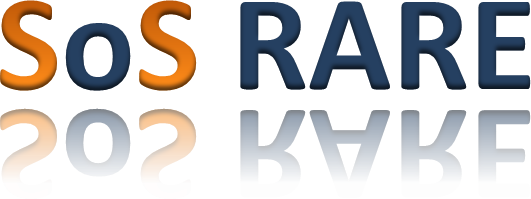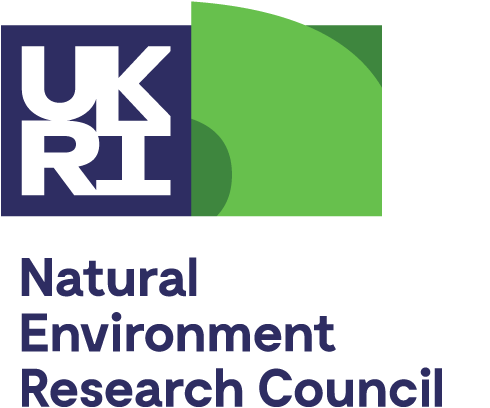Brazilian symposium on rare-earth elements — November 2017
Between 6 and 10 November the St Andrews team (Nicky Horsburgh, Adrian Finch and Anouk Borst) attended the Brazilian SOS RARE symposium on Rare Earth Elements, held at the Institute of Geosciences, University of São Paulo. The symposium was kindly organized by Prof. Daniel Atencio and Prof. Marcello Andrade (University of São Paulo) and comprised a series of invited talks followed by field excursions to famous Brazilian carbonatite and peralkaline localities.
Prof. Marcello Andrade kicked off the meeting with a presentation on Raman spectroscopy to fingerprint REE minerals. Dr Andrezza de Almeida Azzi (USP) introduced us to the fascinating geology and mineralogy of the Poços de Caldas alkaline complex. She catalogued many REE minerals from old sample collections of former Poços de Caldas mining sites, many of which are not properly documented to date. Prof. Daniel Atencio gave us a preview of the bewildering mineralogy of the Araxa and Jacupiranga carbonatites. After lunch and an enjoyable visit to the local mineral museum, Prof. Hermi Felinto de Brito from the Institute of Chemistry (USP) talked about the luminescent properties of RE3+ compounds and the synthesis of persistent luminescent Eu, Tb and Tm materials which can luminesce up to 24 hours after being excited, offering many applications in for example traffic and emergency signalization. Prof. Brito also demonstrated how they synthesize RE3+ compounds at high temperature using just a simple microwave oven. Prof. Henrique Kahn of the Mining & Engineering department of the LCT-Polytechnic School (USP) presented work on metallurgical processing and mineralogical characterization of REE-rich lateritic soils from various Brazilian carbonatite localities. The last three talks were given by the St Andrews team, with Prof. Adrian Finch speaking about REE and HFSE mineralisation in magmatic roof zones and applications of luminescence studies to understand hydrothermal alteration and mineralization processes. Dr Anouk Borst presented on the pseudomorphic replacement of eudialyte in the Ilímaussaq complex, including new evidence for late-magmatic REE-HFSE remobilisation from trace element and Sm/Nd isotopic data of microdrilled pseudomorphs. The day ended with a talk from Nicky Horsburgh on the luminescence studies of REE minerals. Nicky demonstrated that luminescent properties are often provenance dependant, illustrating the importance of locality based luminescence studies in developing smart sorting tools.
Keen to bring out our geological hammers, we ventured north of São Paulo on day two to see some rocks in the field. After a long bus journey, enjoying the beautiful and luscious green scenery, we arrived at an amazing lujavrite outcrop in the northern part of the Poços de Caldas alkaline complex. This is one of the few places with good solid rock exposures, not obscured by the thick tropical weathering profile that covers much of the complex. The coarse grained lujavrite shows strong magmatic foliation fabrics defined by coarse feldspar laths wrapped in fine needles of aegirine (photo), which is a testament of the low viscosity melt. The rock is peppered with large (5–6 cm) purple to pink eudialyte which overgrow the foliation fabric, resembling textures seen in the naujaite of the Ilímaussaq complex. We (read Anouk) couldn't be more excited and managed to collect some beautiful samples for further mineralogical studies and comparison to Greenland samples.
On day three we visited the Araxa carbonatite mine, a true highlight of our visit. The mine is operated by CBMM, the world's largest producer of Nb. The morning started with presentations by the CBMM mining and metallurgy team, who gave us detailed insights in the geology of the Araxa carbonatite, Nb and rare earth ore processing, and the company's position in the global critical metal market, emphasising the importance of responsible sourcing of these metals. After the presentations we were given a tour around the mine site and REE pilot processing plant, where the company is testing automated solvent extraction routes to produce La2O3, Ce2O3, didymium (Nd2O3 + Pr2O3) and mixed middle-heavy RE-oxides (<2%) from monazite in the tailings. With didymium strongly controlling the basket price at the moment, it will be interesting to see whether future market developments can make this extraction route profitable with time.
The next day was spent in the Cajati region, three hours South of São Paolo, where we were taken on a tour around the Jorcal limestone/carbonatite mine, which is actively quarried for aggregate. We spent the last day of our visit at the University of São Paulo examining Prof. Atencio's extensive mineral collection of Jacupiranga and Poços de Caldas, after which he was so generous to donate samples for our luminescence work, eudialyte replacement studies and teaching purposes. The symposium ended with guided tours of the well-equipped and organized labs of Prof. Hermi Felinto de Brito at the Institute of Chemistry (USP) and Prof. Henrique Kahn at the LCT-Polytechnic School (USP).
The St Andrews team also had the chance to catch up with Prof. Vinicius Lauro, who is about to take up a position at the Universidade Federal do Paraná and had been a visitor to St Andrews where he worked on the use of geophysics to discover new rare element deposits through the deep laterites that characterise much of the tropics. As this was the first time in South America for all of us, we also enjoyed some extra time to explore the city of São Paulo and trying out local Brazilian cuisine. All this was made much easier with the local guidance of Prof. Lauro, who was so kind to show us around the best places in town. 360 city views from the highest building of São Paulo, Acai ice cream, feijoada (black bean stew), acarajé (bean flower dumplings with various toppings) and fresh fruit at the Mercadao Municipal are just a few of my personal favourites.
Overall, we've had a very successful and enjoyable week and came home with new insights, interesting samples and new contacts for future collaborations on Brazilian REE deposits. Many thanks again to the local organizing committee for making this symposium a success.
For more Brazil photos and other updates from the St Andrews team, please have a look at Prof. Adrian Finch's webpage.
Anouk Borst, 22 November 2017


















